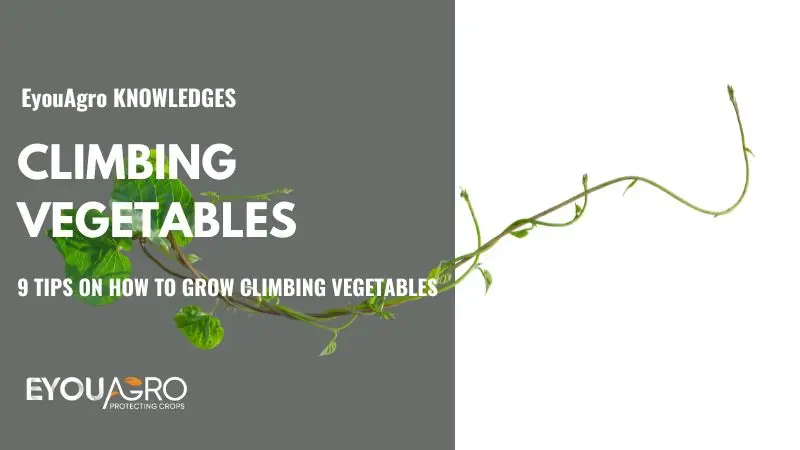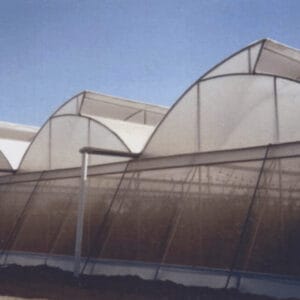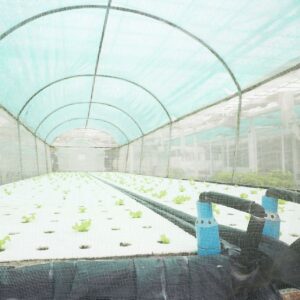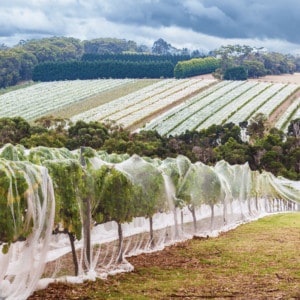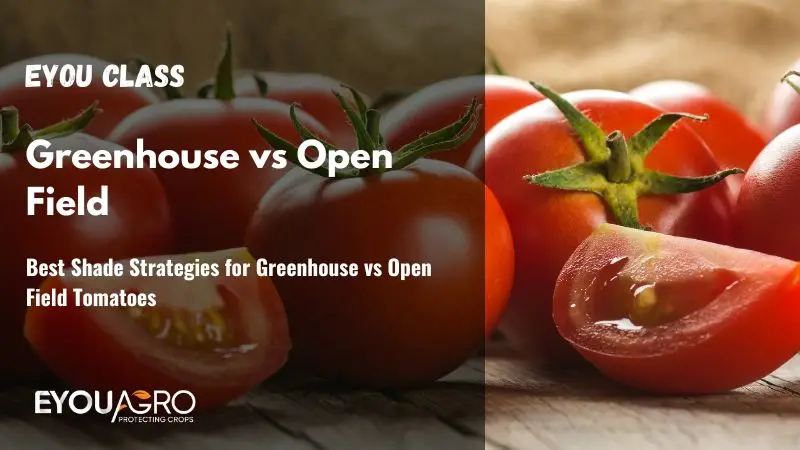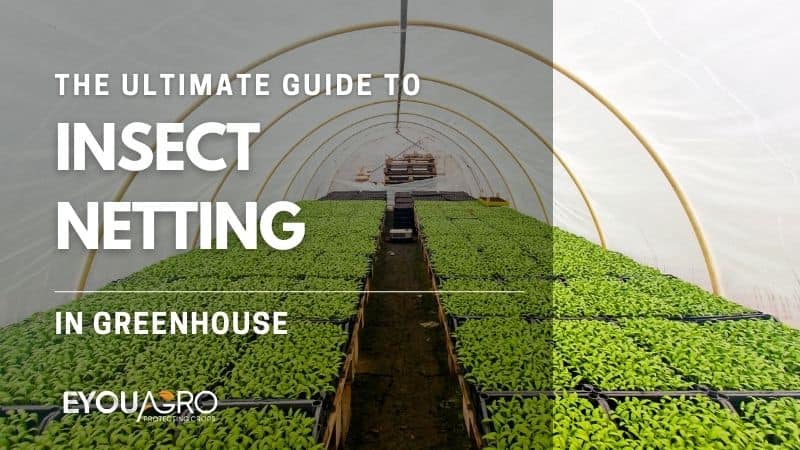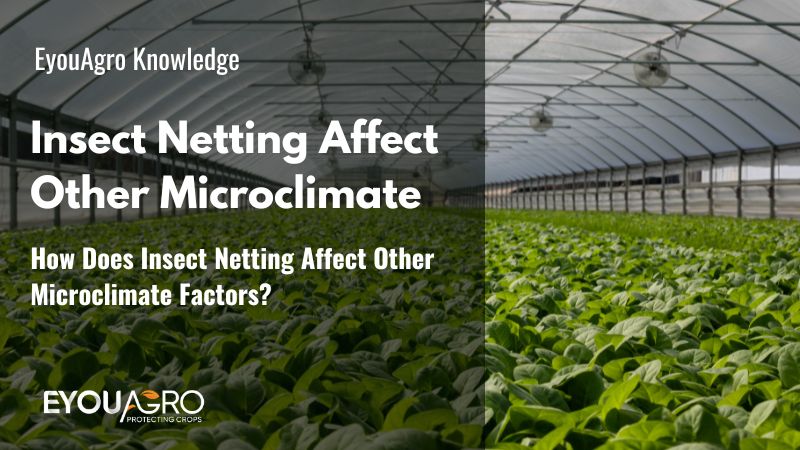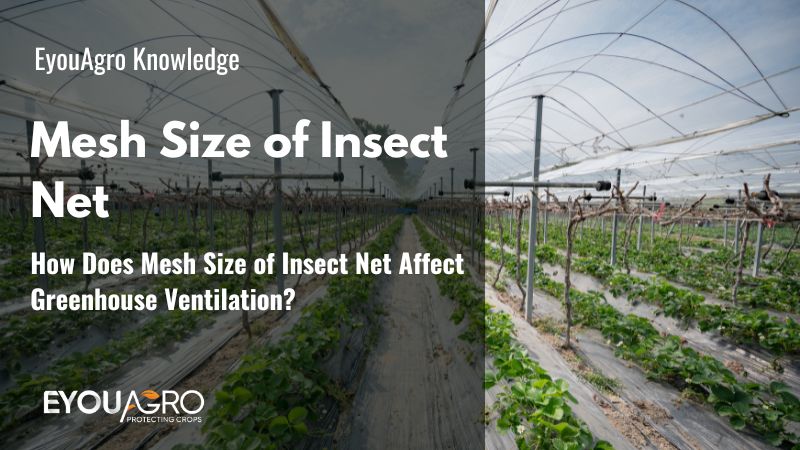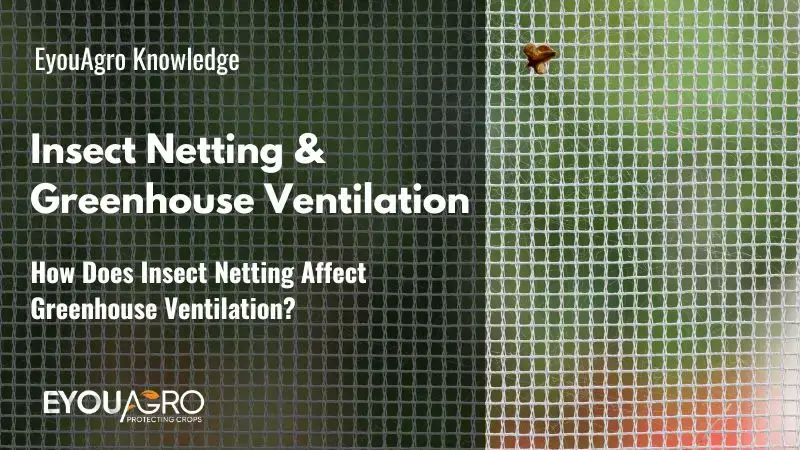Vegetables are widely available in markets. However, the excitement of growing them in your garden is something else entirely. You can watch them grow and finally see the fruits of your labor.
Here you’ll get tips on how to grow climbing vegetables. But before that let’s clear the air on what climbing vegetables are.
What Are Climbing Vegetables?
What Are Climbing Vegetables?
Plants that climb on elevated surfaces as they grow are known as climbing vegetables. Since they are vertically growing, they do not require much breathing space. Growing upwards rather than outwards creates a vertical vegetable garden. Growing upwards is ideal, especially if you are short of space to plant your vegetables.
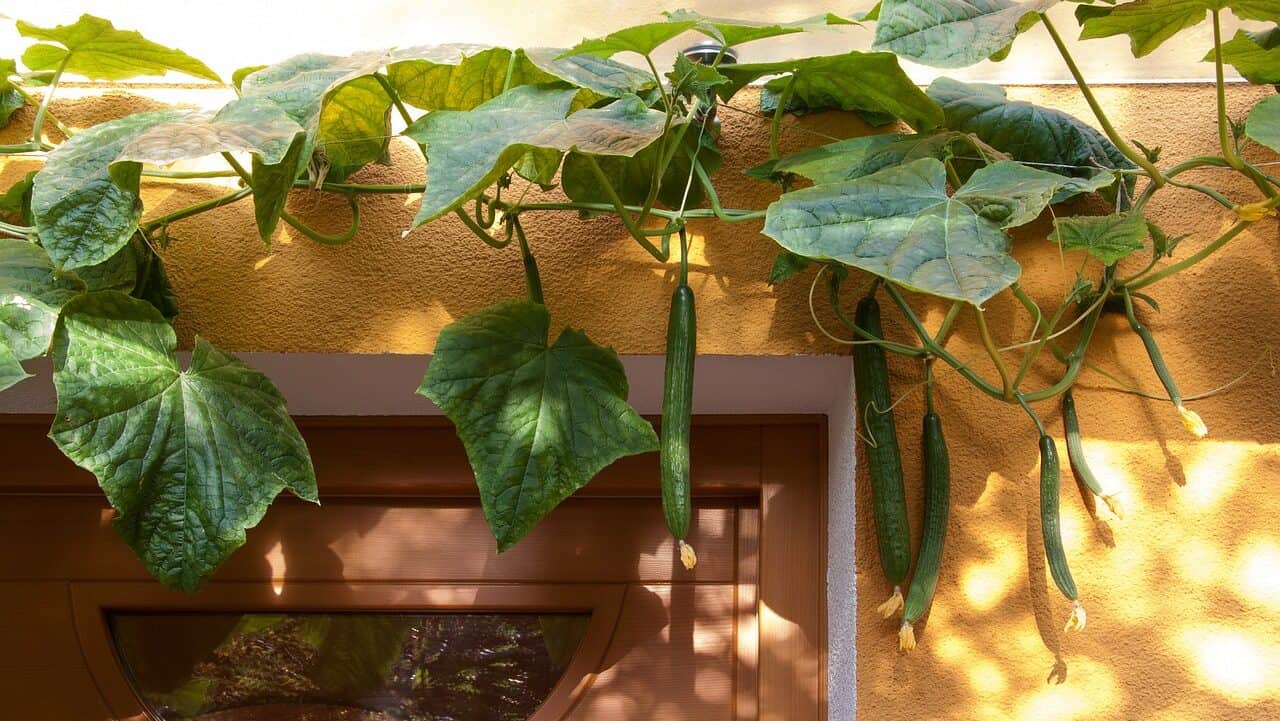
This type of farming leads to fewer plant problems and is also less taxing on your back! Learn all about the benefits of growing your vegetables vertically, which plants are most suitable for it, how to get started and manage this type of garden.
Let’s look at some benefits of growing climbing plants.
Why Climbing Vegetables?
Growing climbing vegetables have plenty of fantastic advantages. Please continue reading to discover them.
- More yields in less space
- Easier to care for
- More exposure to the sun
- Prevention of pests is easier
- Harvesting is easier
- Improve the quality of the air you breathe and your health.
- On hot, bright days, these plants provide shade.
Now that we know the benefits of growing climbing vegetables, let’s look at a few essential tips on doing it.
How to Grow Climbing Vegetables
The following simple tips will help you establish a climbing vegetable garden for yourself.
1. Position
Determine whether you’re growing a climber against a north, south, east, or west-facing wall or fence. Positioning your plants will determine how much sunlight your plant receives and whether warmer or cooler.
Because the sun rises in the east and sets in the west, north-facing walls receive the least sunlight, making them colder and more shadowed.
East-facing walls will receive some sunshine as the sun rises in the morning but will shade in the afternoon. The early morning sun causes quick thawing of frozen buds and leaves, making them brown and wither. A protective weather netting works well in this situation.
2. Create a Framework
A climbing vegetable garden needs support for the plants as they grow upwards. Before hanging the entire arrangement, construct some trellis frame, stick, or even strings to support your plants. While you may place it directly on a wall, making a frame to hang it on the wall makes it much easier to take down.
3. When Should You Plant?
You can plant climbing vegetables in a container at any time of year, as long as the ground isn’t frozen or wet and the weather isn’t too windy.
If you have the option, fall is the most fantastic time to plant because the soil is still warm enough to support root growth before winter arrives.
Plant in late spring if you have an open garden and want to grow a climber, so your plants have the entire summer to establish themselves before the colder weather arrives.
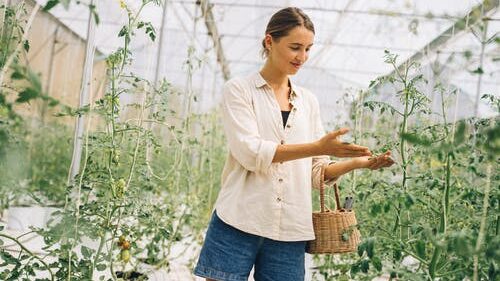
4. Training Your Climbing Vegetables
Continually tie new growth in with soft garden thread, and stretch the canes as needed. It’s easier to tie in the stems of your climbing vegetables first, then fasten the twine to your supporting structure.
If your climber’s stems are weak and spindly, we propose thinning the main branch by one-third to increase vigor and induce bushing.
With more giant canes and a pair of pruning shears, you can expand the training fan form and nip any messy growth as your climber grows taller.
You can remove the canes once your plant has developed larger, woody, self-supporting stems.
5. Watering Your Climbing Vegetables
For the first two years, water plants frequently to ensure that they establish correctly and do not dry up. Continue to water your new plant twice a week with about half a can of water.
It is crucial to hydrate the soil in the new vines’ core root zone at all times. It would be best not to flood the root area, nor should you allow it to dry out for long periods. Allow for some drying once you thoroughly water the ground.
6. Pruning
Cut any stems that are fragile or growing in the wrong direction. Prune more substantial branches more lightly since they provide structure to the plant and keep the vine robust over the winter. A simple clean-up will suffice.
Once the flowering season is over, prune deciduous climbers in the autumn.
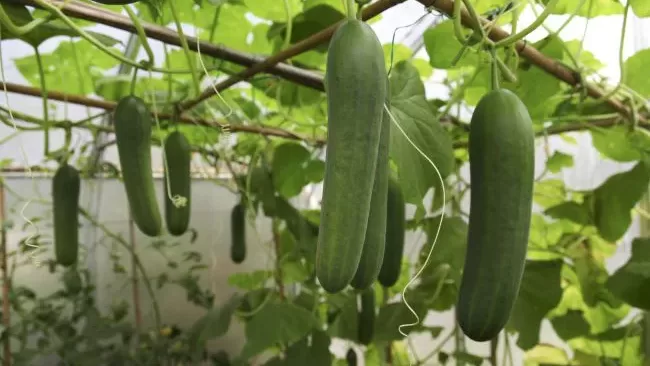
7. Mulching Climbing Vegetables
Mulching around climbing veggies helps to maintain soil moisture. Mulch will also help to keep soils cool and weed growth at bay. Mulches made from straw or dried grass clippings work well. Apply mulch to a depth of about 2-3 inches and refill as needed.
Due to the tendency of organic mulches to bind nitrogen as they decay, you may require more fertilizer to avoid nutrient deficits.
8. How to Deal With Pests, Diseases, and Frost on Your Climbing Garden
There are a few smells that bugs don’t seem to appreciate. Mint and cinnamon are two of these ingredients. Try wrapping a piece of mint or cinnamon-flavored gum around the damaged plant’s base. Alternatively, use Japanese beetle netting.
If your vegetables are affected by frost or cold
weather you can cover them with frost netting.
9. Harvesting
Harvesting in the climbing garden is easy because you cherish trellised vegetables more and more as you become older.
No more bending over to pick your beans and cucumbers! Furthermore, when the vegetables grow vertically, it’s much easier to see the pea, beans, and cucumber fruits.
Conclusion
Growing climbing vegetables is ideal and easy because you don’t get to break your back as you work on your garden. Your crops are less accessible to stubborn pests that would otherwise attack your crops if you opted to grow your vegetables on the ground. Because your plants are off the land, they are less prone to diseases.
Climbing plants also provide shade and a relaxing natural environment. Best of all, you get to eat fresh, clean vegetables.
EyouAgro is your one-stop shop for Agri protection covers such as frost protection, wind protection, ground cover, pest control, hail protection, bird control, rain control. All this will help the farmer produce a better yield. We have been in the market for more than 23 years, and therefore our quality is guaranteed.
Contact us and select the best netting protection for your garden or visit us at www.eyouagro.com to fill your orders.

